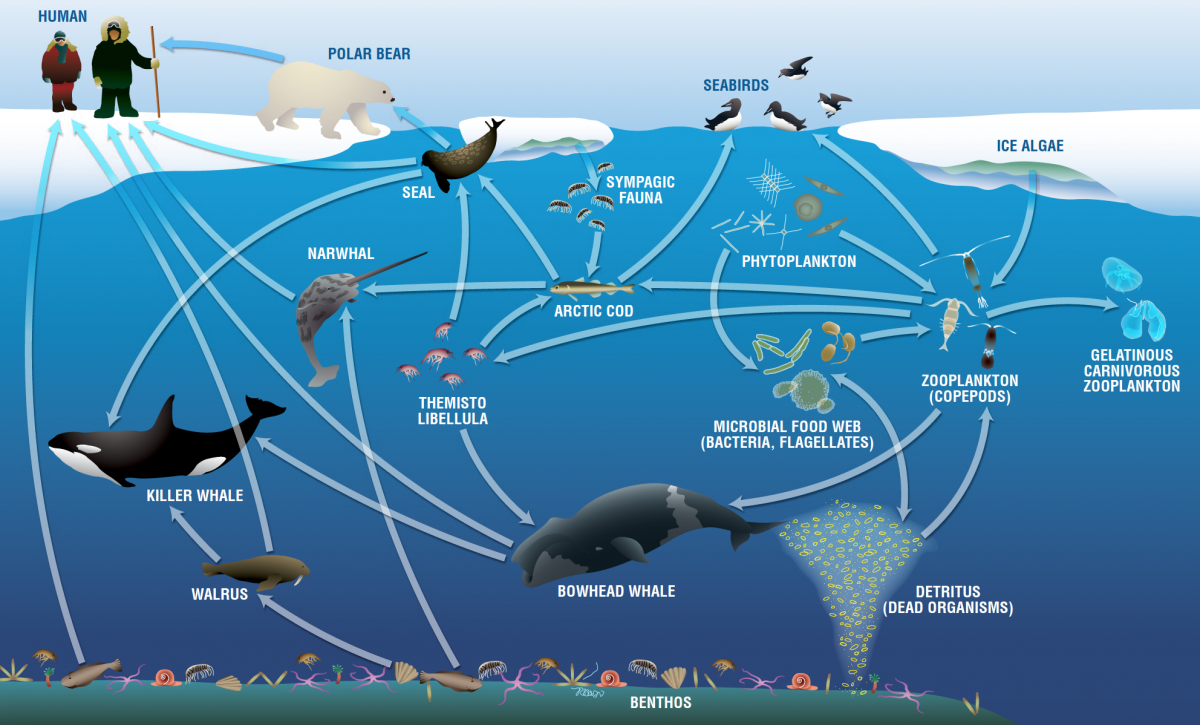Phytoplankton Food Chain In The Ocean. They are at the base of the food chain. These microscopic plants live in all oceans of the world.

These phytoplankton floats on the ocean surface. Let’s just look at some of the basics. Phytoplankton bloom in the bay of biscay.
In Phytoplankton Can Produce Millions Of Cells Per Liter Of Seawater, Resulting In Visible Blooms Or “Red Tides.” With The Potential For Such High Productivity, It Is Not Surprising That Phytoplankton Are The First Link In Nearly All Marine Food Chains.
The phytoplankton are not only responsible for making food for the oceans, but they are also responsible for almost half of all the oxygen in the world! Essentially what plants do on land, phytoplankton does in the ocean. Tiny ocean plants dying microscopic plants in the ocean are among the most important creatures on earth and produce half of the planet's oxygen.
Producers Make Their Own Food (Plankton, Algae, Seaweed), And Consumers Eat The Producers And/Or Other.
The following are scientific facts about the importance of. “the whole food chain is going to be different.” by 2100, the local composition of the oceans may also look very different due to warming water: They are at the base of the food chain.
They Grow Taking Nutrients From Water And Are Used As Food By Protozoans And Zooplankton.
Phytoplankton and algae form the bases of aquatic food webs. The finely fringed bleen in a whale helps it to strain the water copepods and zooplankton from the water it. Small fish, crustaceans, and zooplankton are the next level up, and they feed on the phytoplankton.
The Base Of The Entire Aquatic Food Chain Is The Phytoplankton.
They are so small they cannot be seen without a microscope. The phytoplankton is the main producer of the ocean food chain. They take in the sun's light.
The Zooplankton Are Then Eaten In Vast Numbers By Fish And Other Marine Creatures.
These tiny organisms are microscopic. Phytoplankton live near the surface of the ocean. The food chain's weak link: